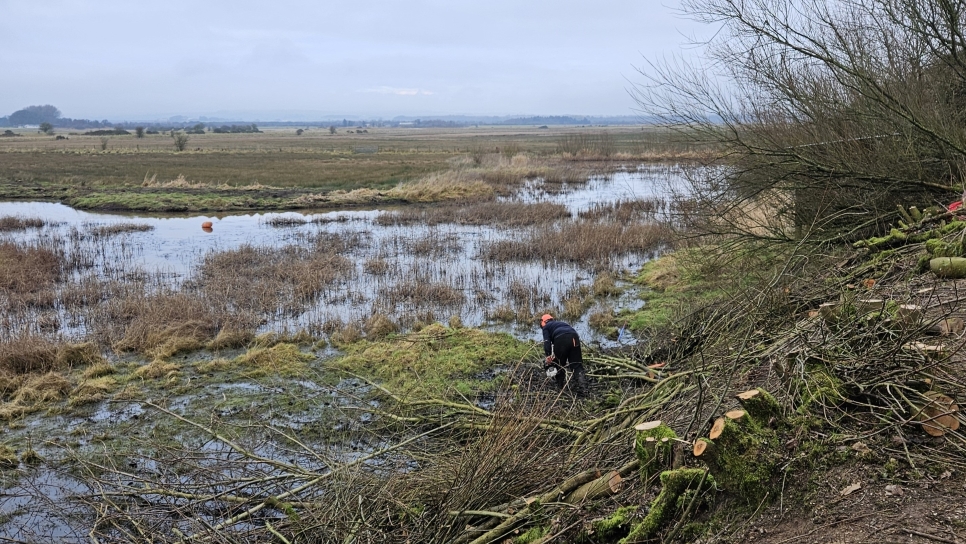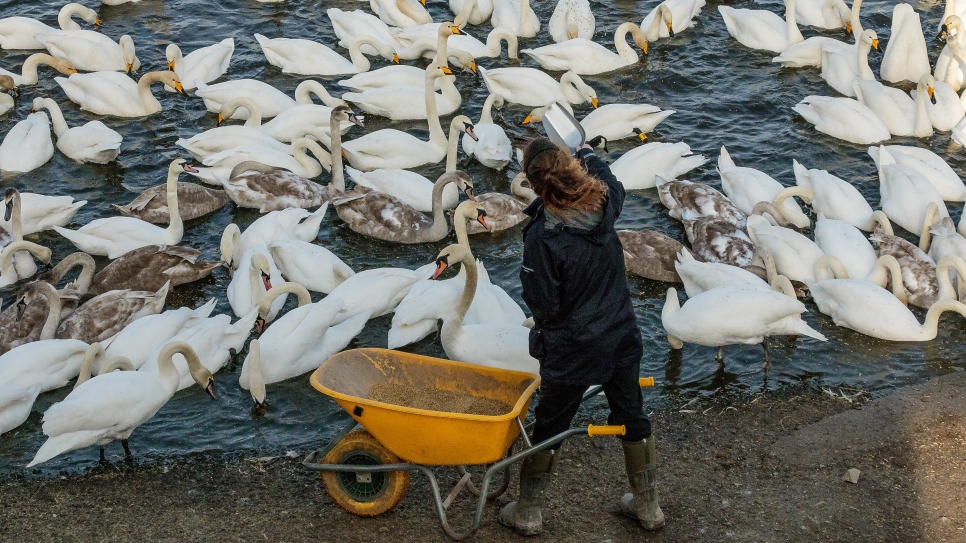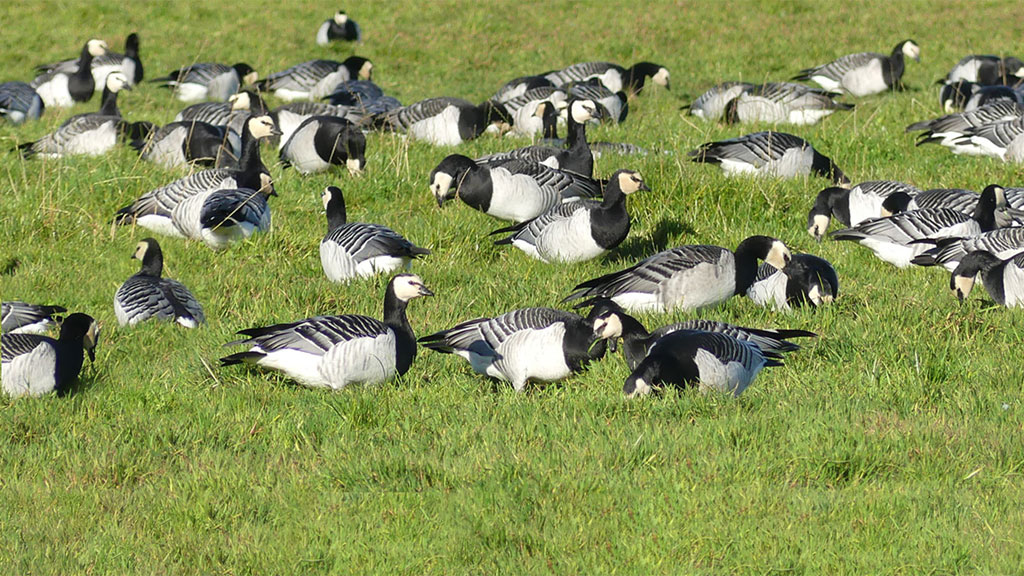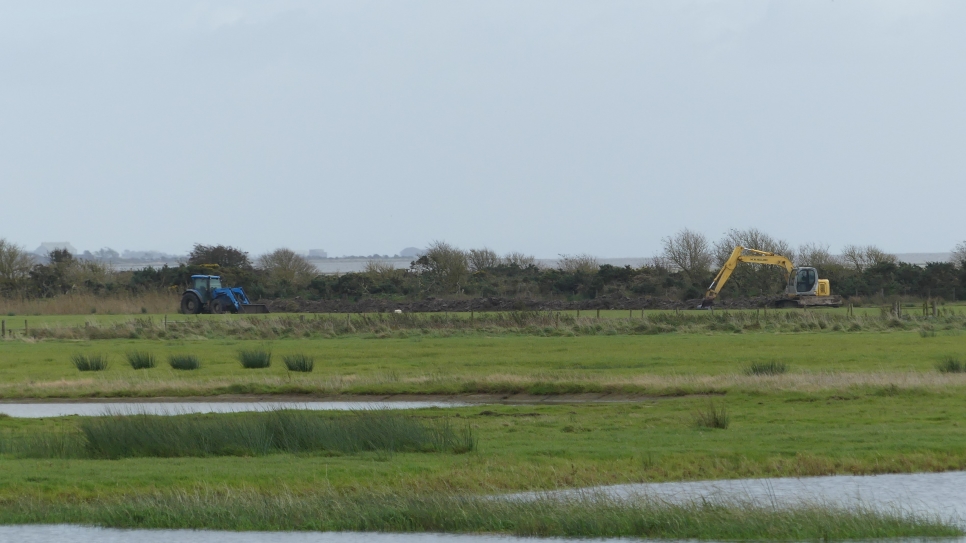A changing of seasons

With the inevitable end of summer brings along the start of autumn, which also means a change in the site. The invertebrate numbers drop, the summer migrants head to their brighter winter grounds, and our winter migrants make their welcomed return back onto our ponds. Not only does the wildlife change on the site, the work does too.
In the summer our main priorities on the reserve are monitoring efforts. We are often busy rushing around the site with our clipboards, looking out for nesting birds, fluttering butterflies and dragonflies, and elusive natterjack toads. A lot of this monitoring is brought on by the breeding seasons and the better weather, meaning we are limited to the summer months for this kind of work. Alongside this, we have the relentless tasks of keeping the vegetation down around the pathways for easy access around the reserve, and the more relaxed tasks of seed collection to help us replenish old seedbanks and create new meadow patches around the reserve.
As the days get shorter and the temperature drops, the work we do on site changes. Vegetation becomes less productive and dies down, and the trees become dormant. This allows us to prioritise efforts such as coppicing, pollarding, and scrub clearance, with minimal disturbance to the trees and wildlife that uses them. With the extra time from the reduced monitoring we are able to focus on more practical tasks, such as path and hide maintenance, as well as boundary repairs, in particular fences.
Not long now until winter is upon us, we are looking forward to welcoming the barnacle geese and whooper swans back to the site. The site is going to be much busier, with the increased bird life and the upcoming reserve tasks.
Words by Rebekah Allison
Cover image of Reserve Warden Charlie coppicing last year



